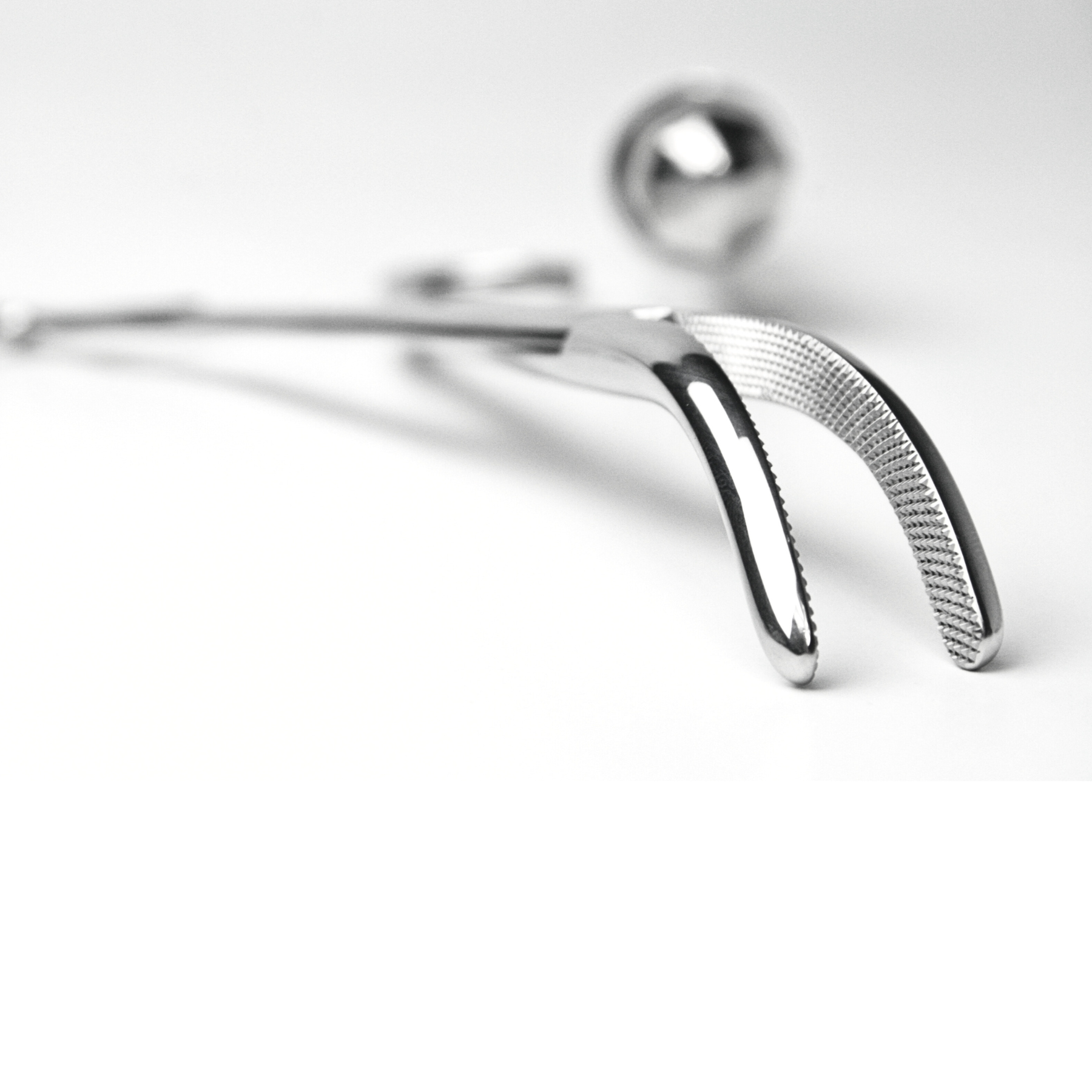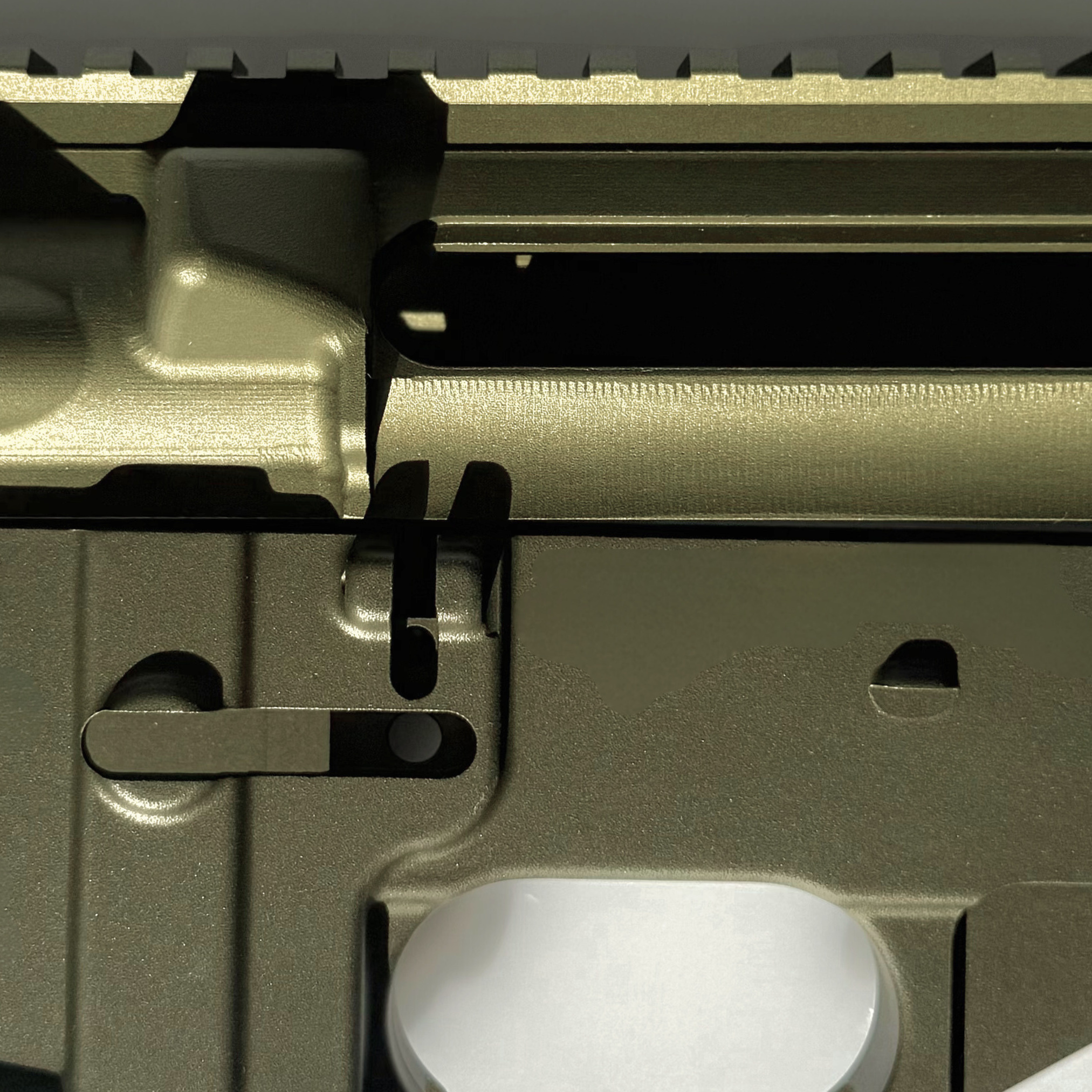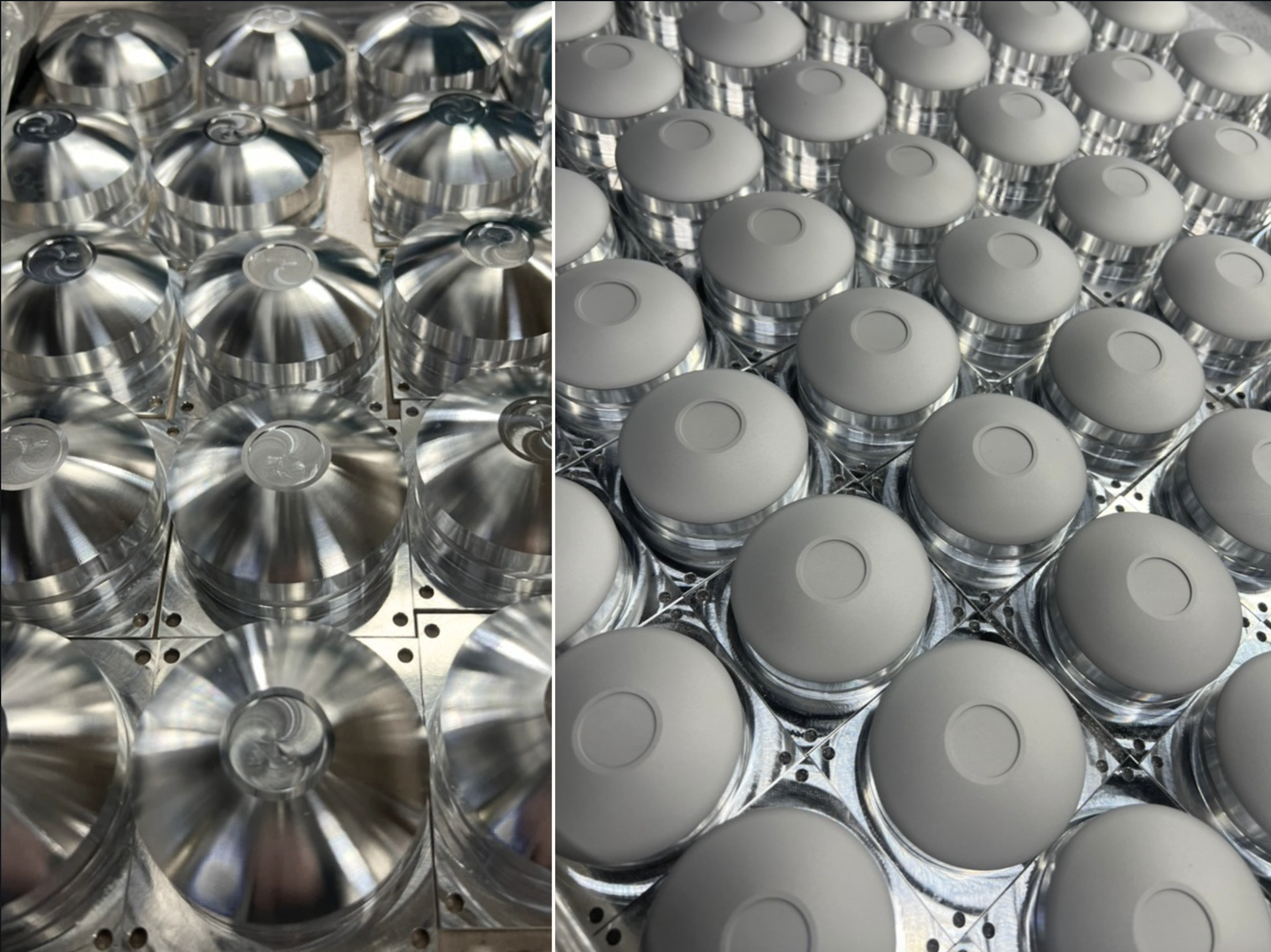BALL BURNISHING
WHAT IS BALL BURNISHING?
Ball burnishing is a finishing process that improves the surface finish of a workpiece by compressing its surface material. It uses hardened steel or tungsten carbide balls that are rolled or pressed against the surface of the workpiece under high pressure. This mechanical action smooths surface irregularities, closes micro-pores, and enhances the material's hardness through cold working.
-
Improved Surface Finish: Produces a polished, mirror-like surface by smoothing out imperfections.
Enhanced Durability: Increases wear resistance by hardening the surface through compressive stresses.
Reduced Friction: Lowers surface roughness, which minimizes friction in moving parts.
Corrosion Resistance: The compacted surface is less porous, reducing susceptibility to corrosion.
Cost Efficiency: A quick, economical alternative to secondary finishing methods like grinding or polishing.
-
During the ball burnishing process, several changes occur to the surface of the part due to the application of pressure and rolling action of the burnishing balls. These changes are primarily physical and mechanical, as the process does not involve material removal. Here's what happens to the parts:
1. Surface Smoothing
The high pressure from the burnishing balls compresses the surface material, pushing down peaks and filling in valleys on the microscopic level.
This results in a reduced surface roughness, creating a smooth, polished, and uniform surface.
2. Cold Working
The compressive force induces plastic deformation on the outer layer of the material, causing it to flow slightly and rearrange at the microscopic level.
This enhances the material's surface properties without changing its overall dimensions significantly.
3. Increased Hardness
The compressive stresses from the process result in work hardening of the surface layer.
The outer layer becomes harder and more resistant to wear and tear, improving durability.
4. Improved Fatigue Strength
The process generates compressive residual stresses in the surface layer, which help counteract tensile stresses that can cause cracks or fatigue failure during operation.
This significantly improves the part's fatigue life under cyclic loading.
5. Reduced Porosity
The rolling action compresses and closes micro-pores and surface imperfections, making the part less susceptible to corrosion and contamination.
6. Enhanced Surface Integrity
The process improves the part's aesthetic and functional properties by creating a mirror-like finish.
This smoother surface reduces friction in moving parts, enhancing performance and energy efficiency.
7. Dimensional Accuracy
Because the process doesn't remove material but compresses it, there may be slight dimensional changes, typically in the micrometer range. This is generally accounted for during pre-machining.
-
Automotive Components: Crankshafts, camshafts, gears.
Aerospace Parts: Structural components and engine parts.
Medical Devices: Surgical instruments and implants.
Industrial Equipment: Bearings and shafts.
Ball burnishing is widely used in industries where precision and surface quality are critical.






















